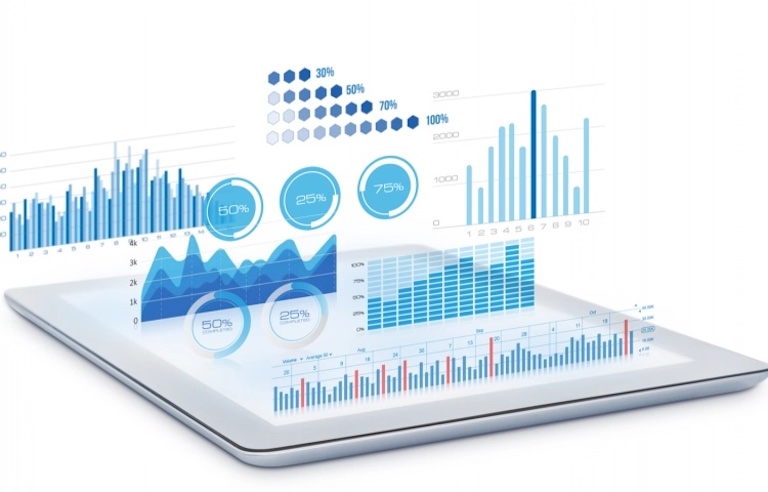CDPs Are Building an “Easy-Button” for DMP Replacement
November 14, 2022At Actable we see many business imperatives that compel the need for customer data platforms (CDPs). One of the most common is the need for data management platform (DMP) replacement to power outbound segmentation and targeting for digital ad spend. Large brand advertisers – especially those in the consumer-packaged goods and automotive space – as well as large publishers with desirable audiences have all made substantial investments in DMPs across teams, technology, and processes to support a core component of their advertising strategies. With the ongoing and inevitable decline of the third-party cookie, these DMP investments are rapidly depreciating, and marketers and publishers alike are in search of a solution.
On the surface, CDPs seem like an obvious replacement for, and even an improvement on, core DMP functionality. Both technologies are designed to act as a hub for customer data, and to align customer segmentation with outbound activation. And while DMPs are reliant on the transitory and increasingly obsolescent and third-party cookie, CDPs employ known first-party customer data, a permanent and definitive marker.
But here’s the rub – while known, first-party customer data is probably a more reliable and faithful basis for customer segmentation and activation, it’s exceedingly difficult to deploy it at scale in a coordinated cross-publisher advertising effort. The third-party cookie, on the other hand, is relatively easy to port across the publisher ecosystem (walled gardens notwithstanding) and has the benefit of twenty-five years of ad-tech innovation focused on enabling targeted transaction at scale. A lesser identifier it may be, but the third-party cookie shines in its ease of deployment and near-universal interoperability. No such interoperability exists – at scale – in the first party data ecosystem. Practitioners who sought to replace their DMPs with CDPs found themselves in a quagmire of tactical muck: multiple on-boarding partners with disparate methods and timelines; one-off integrations with core partners prone to error; one-way data paths that block any feedback loops; and scale limitations that stymie efficacy – ceaseless effort to make slight progress at great difficulty. In short, driving targeted ad spend at with CDPs is very hard, but with DMPS, very easy.
That, however, is starting to change. CDPs are increasingly building product features and data integrations to meet the market demand for targeted ad spend at scale. Lytics, for example, recently débuted an integration to Google First Party Modeled Audiences, which provides seamless portability to YouTube, as well as an insights feedback loop for purposeful (that is, controllable) look-alike targeting. This initial integration, deployed across other scale media partners, could be a foundation for effective CDP portability into media. ActionIQ, meanwhile, has done the foundational work to synchronize myriad integrations with multiple on-boarding and distribution partners to solve for the multiple tactical hurdles described above, effectively creating an “easy-button” for first-party data deployment across scaled media channels. Even Google is getting into the mix with their recent announcement of PAIR, a direct response to ease the tactical burden of transacting media at scale via first-party data (and teasing the ongoing “will they or won’t they” saga on Google’s own CDP ambitions).
As the momentum builds on the demand-side and publisher retool to accommodate, surely other examples will follow. As the technology progresses, it will be interesting to see which entities step up to service this capability. Media agencies, historically the stewards of the DMP, are allergic to first-party data and personally identifiable information. MarTech service providers, however, typically don’t understand the nuances of scaled ad campaigns. This set up an interesting opportunity for entities that can bridge this divide.


